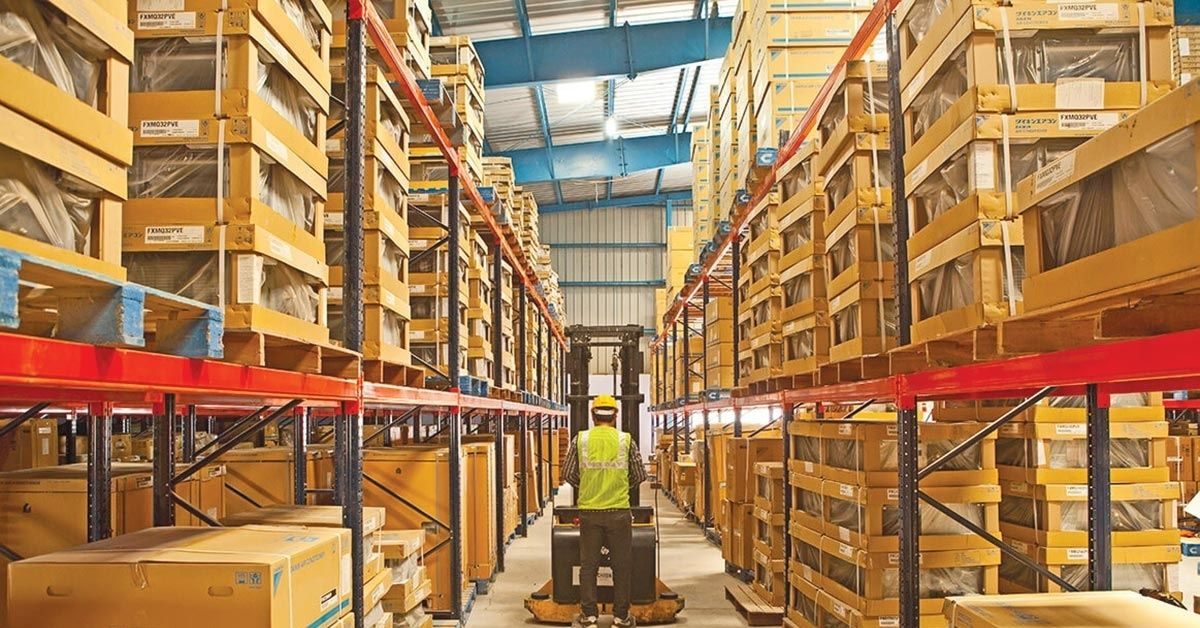Conversations with key stakeholders reveal that after two decades where highways were the most dominant infrastructure sector, the next decade is expected to see an unprecedented investment boom in warehouses. Most of it will be driven not by the government, but by the private sector.
According to the Indian Brand Equity Foundation (IBEF), the Indian warehousing market is set to grow at a compound annual growth rate of 15.64 per cent to reach $34.99 billion by 2027. Against this backdrop, India is looking at a transforming warehousing map in the decade ahead.
“From small godowns to large warehouses and now modern distribution centres, the Indian warehousing landscape has evolved to mirror global standards,” said founder of supply chain services company Stellar Value Chain Solutions, Anshuman Singh.
The sector’s growth piggybacked on the success of the retail sector in the initial years and a booming e-commerce industry thereafter. Currently, it is riding on increased interest from third-party logistics (3PL) players. According to a June 2023 report from property consultancy Knight Frank India, the 3PL segment accounted for the highest market share amongst all warehousing occupier groups at 39 per cent in FY23.
“Manufacturing and allied sectors, fast-moving consumer goods and consumer durables players are the other major drivers for the burgeoning demand,” said Manikandan Ramachandran, chief operating officer at TVS Industrial Logistics Parks Pvt Ltd.
The PM Gati Shakti masterplan, which aims to strengthen multimodal connectivity, reduce timelines and improve last-mile delivery, could prove a gamechanger for the warehousing industry — opening up new launch sites and attracting higher investments for modernisation and automation.
Sushil Rathi, director of Allcargo Supply Chain, credited additional factors such as the introduction of GST and the ‘China plus one’ policy for overall industrial development in India, leading to growth in the warehousing sector.
Warehouses are emerging in major production/manufacturing clusters across cities like Chennai, Hyderabad, Bengaluru and Surat, among others. This is supported by the steady development of dedicated freight corridors for fast and efficient rail freight movement and 11 industrial corridors connecting major hubs like Delhi-Mumbai, Amritsar-Kolkata, Chennai-Bengaluru, Hyderabad-Bengaluru and the East Coast Economic corridor, among others, via road.








